What is Considered a Small House? (Handy Size Guide)
13 Jan 2023
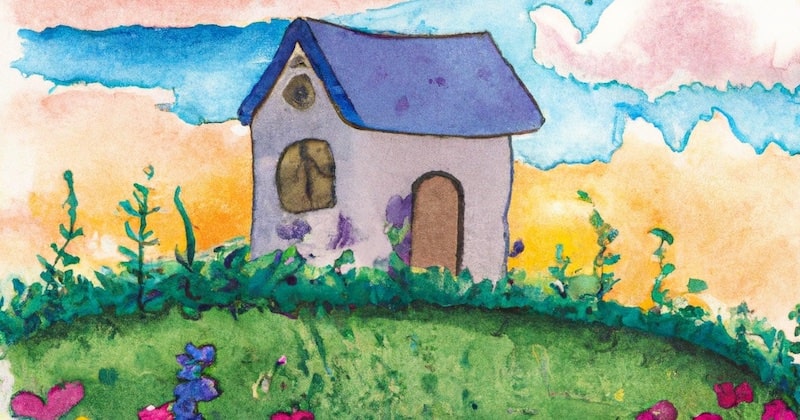
Smaller homes can be seen in almost every country around the world. Not only are they more practical for many families, but they are also much more affordable for most people. (See my article for a complete list of small house benefits.) Determining the sizes of homes can be confusing since society is continuously changing.
In modern times, the maximum size for a smaller home can be up to 2,500 square feet (232 square meters). Ultimately, the size of a small house is dependent on where you live, your budget, and the size of your family. What works for someone may not work for you, so house sizes are relative.
If you are contemplating purchasing or renting a small house, there are a few factors that you should consider. Most of these factors include your personal lifestyle and where you live.
Let’s talk about what constitutes a small house and the advantages and disadvantages of owning or renting one.
First, Let’s Define “Small House”
In recent years we have seen society moving towards living in smaller homes. Not only are they more suited to smaller families, but they are also much more affordable and easier to care for.
There is one popular question that seems to be more confusing: what is a small house? In America, a small house is seen as anything under 2500 square feet (232 square meters). To some people, that may seem like too much room, and for others, that may seem like nowhere near enough.
The size of the average home has increased over time. There was a point in time where the average home was less than 1000 square feet (93 square meters) for a family of four.
In a matter of about fifty years, households have more than doubled in average size in the United States.
Is this because family size is increasing? Not necessarily.
Do more and more consumers associate large homes with being more successful and a more significant bank account? Most likely.
When trying to discern the difference between a small house, a tiny house, or a more substantial home, there are a few main factors that you should consider.
The most crucial factor is dependent on where you live. For those living in larger cities, their definition of a small house may be much different from someone who lives in the country or mountains. As mentioned earlier, the size of a home is very relative.
Although it may seem like bigger is better, smaller homes have many advantages Just a few reasons more and more consumers are looking to find smaller homes are:
- Fewer costs,
- less maintenance, and
- easier to find.
For a complete list along with all the details, see my article: Small House Benefits.
Over the past few years, one of the biggest real estate trends has been the movement toward tiny houses, and even purchasing apartments or condos.
How are the Sizes of Homes Determined?
The floor area size determines how most homes are classified.
This can be determined by measuring the length and width of either your entire home or by adding up different rooms in your home. This is the heated living space of a house that does not always include attics, basements, or garages.
You should always consider the actual room your family, or you, have to live in. Most people strive for a home that has a larger "living" space than bedroom spaces since that is where you are going to be spending your time.
If you are considering looking for a smaller home, this is an essential ratio for you to consider. You want to be able to utilize the space in your home as best as you can.
Are There Different Sizes of Smaller Homes?
There are, in fact, different "types" of small homes that are encompassed under one central umbrella. Many of these homes tend to fall under the tiny home category but do not necessarily mean that the owner or renter is going to experience compact living.
- Micro Home: Under 175 square feet (16 square meters)
- Compact Home: Under 220 square feet (20 square meters)
- Mini Home: Under 275 square feet (26 square meters)
- Tiny Home: Around 300 square feet (28 square meters)
- Small Home: Around 500 square feet (46 square meters)
- Downsized Home: Around 1000 square feet (93 square meters)
- Small Homes in the United States: Under 2500 square feet (232 square meters)
What is the Ideal Size for One Person Vs. a Family?
When thinking about the perfect size home for you or your family, you need to consider how much room you actually need. A family of five is going to require five times the floor area as someone who lives on their own. It is estimated that one person needs a max of 400 square feet (37 square meters) to live comfortably. If you multiple that times five, a family will need around 2,000 square feet (186 square meters).
Further considerations such as vehicles, hobbies, and even pets can all become factors in how much room you actually need. In cities or accessible areas, you may not have the benefits of a yard or some sort of outdoor space. This means that all of your time is being spent inside the four walls of your home.
For those who live on their own, apartments and tiny houses have become easier to have the feeling of a home without the maintenance or costs of a traditional home.
How Do You Know When Your House is Too Small for You?
Although it may seem simple, many individuals and families cannot tell when they have outgrown their homes. For many families, expenses and the overall cost of a home are the most significant factors when it comes to either staying in a smaller house or growing into a bigger home. Here are a few additional signs that it may be time for some extra space.
If you find yourself having some storage issues, chances are you either need to do a clear out, or you have essentially run out of room in your house. For larger families, this can be one of the most significant signs. Visible signs such as running out of space in bedrooms or bathrooms can also be a clear sign.
One of the signs that many people forget about is that almost everyone needs a certain amount of personal space. Not only is personal space great for completing tasks and mental health, but it can also help keep tensions in the home low.
While living in a small home is great for many families, it can cause tension if you are living on top of each other.
What Size House is Perfect for You?
The critical thing to remember is that there are no set guidelines as to what is a small, medium, or large house. Other than the actual floor area of a home to help us realize the size of the house, the actual size is a relevant guideline. What is small for someone living in Montana may be huge for someone who is living in New York City.
Since small homes can range from 500 square feet (46 square meters) up to 2500 square feet (232 square meters), you may be wondering what the perfect size is for you. Are you hosting friends and family multiple times per year? Did you just adopt a large breed dog? If you are looking for a smaller home, there are different sizes available to you. These can help you stay within your budget and ensure that you have enough space to live your life.
For some people, 2500 square feet (232 square meters) is the perfect amount, and for others, they just need 200 square feet (19 square meters) to be happy. Although there are different sizes of small homes, a tiny house is considered one of the most popular alternatives for an individual or a small family of two. While they sound similar, there are some critical differences between the two terms.
What are the Differences Between a Small House and a Tiny House?
You have probably heard of a tiny house before. They became a huge trend in the real estate world because of their practicality and even how much more affordable they are. Although when you think of a “small” or “tiny” home, those words do not translate to mean the same thing in the housing world.
A small home is a home under 2500 square feet (232 square meters). These homes are designed to hold an individual with room to spare or perfect for a medium to large family. They are often in established neighborhoods with multiple rooms, garages, yards, and many other aspects. A small house is dependent on where the home is located, the usage of the space inside of the home, and the budget you have established for yourself.
On the other hand, tiny homes are still a viable option for many adults. A tiny house is typically anywhere between 100 to 500 square feet (9 to 46 square meters). On average, they run around 300 square feet (28 square meters). These homes are often much smaller than the typical apartment, but they give the owner a sense of homeownership and freedom to live their life.
Tiny houses are welcome in most areas of the United States, which can allow you to essentially live anywhere you want. Some tiny homes are even able to move around with you quite quickly.
Is an Apartment Better Than a Small House?
If you are looking for a smaller place to live, why not choose an apartment? In most cities across the United States, they are putting up new apartment buildings left and right. Is this because apartments are in higher demand or is it because it’s posible to squeeze more people into a city block with a skyscraper than a single-family home? You probably know the answer to that question.
For those living in major cities, an apartment is typically not only all you can afford but all you can find.
Apartments are great for people who are always on the go or are content with just having a place to call home and not much else. An apartment takes care of all of the maintenance you would ever need, and they give you the perfect amount of living space.
There are certain limitations with apartments:
- It is difficult to make the space your own,
- You are spending sometimes double what you would be spending on a mortgage, and
- You do not always have the best neighbors.
Is Purchasing a Small Home a Good Idea?
There is a reason most financial advisors tell you to buy less house than you can afford. One of the biggest reasons is that you really do not need as much room as you think you need! Let’s talk about a few of the advantages and disadvantages of choosing to buy a small home.
Advantages of Buying a Small House
- Smaller houses cost less than larger houses
- You have more flexibility being a homeowner
- Owning a home is an excellent financial investment
- You will use all of the space in your home
- Less maintenance than larger houses
For most consumers, the most significant advantage of buying a home is that you are not overpaying for more room than you need.
Small houses are more affordable to purchase as well as to maintain. There are fewer costs to fill the house with furniture, less maintenance, and fewer utility costs.
Compared to renting a home or an apartment, the flexibility in owning the home is also a draw for many people looking to buy homes. You can change a home around to fit your personal style, as well as upgrade and renovate as you see fit.
Buying a smaller house not only saves your bank account but also means that you are only paying for space that you are actually going to use. If you are a family of two, chances are anything near 2500 square feet (232 square meters) is outrageous.
You also should consider that owning a home is a better financial investment. When you pay rent, you are not accomplishing anything. If there comes a time when you need to purchase a bigger home, you can rent out your smaller home as an additional income source or apply the equity from your smaller home to the down payment for your new home.
Disadvantages of Buying a Small House
- You may end up outgrowing the house
- The home may not be in the area you want to live in
- Storage can become a problem over time
- Hosting friends and family can be limited.
Even though small homes have quite a few advantages, there are also quite a few disadvantages.
One of the biggest fears for people considering purchasing a small home is that they may outgrow that home quickly. For those looking at homes 1000 square feet (93 square meters) and under, this is a real concern. Smaller houses can also make it challenging to host guests or parties due to the lack of space.
In addition to running out of room, you could also have some storage problems in a smaller house. Since the square footage is primarily focused on actual living spaces, it may be challenging to store seasonal items or items that you do not use very often.
The neighborhoods that many smaller homes are located in may not be where you are interested in living. For those looking to live closer to the action, an apartment may be better suited. Smaller homes are slowly becoming a thing of the past and are located in older parts of towns or even out of town altogether.
Do Small Homes Make More Sense Than Larger Homes?
One of the biggest questions is if buying a smaller home actually makes more sense than smaller homes. If you are considering the purchase of a small home, you need to decide what is right for you and your family.
While a smaller home can be regarded as a home that is 2500 square feet (232 square meters) or under, this size is way more room than individual families may need, want, or even can afford.
For those who may be considering building a smaller home, you need to identify if there is a need in your area for homes of that size. This can help you ensure that if you ever decide to move or build a bigger home, you are going to be able to break even on the small home you are building, or, if you are lucky, even make a profit.
It may also be worth making sure that your neighborhood or city allows you to build homes below or above a certain floor area threshold.
Final Thoughts
In the United States, the average small home is anything that is under 2500 square feet (232 square meters). House size usually includes the actual living space of a home. In the age of McMansions and living beyond our means, small homes are slowly becoming a thing of the past.
Even so, the real estate market has seen a rise in the interest of tiny homes in many areas of the world. Although small houses are often compared to tiny homes, tiny homes range from 100 to 500 square feet (9 to 46 square meters).
It is essential to realize that home size is relevant to your lifestyle, income, family, and even your geographic location. If you are looking to purchase or rent a smaller home, you need to be aware of how much room you need for other areas of your life, such as hosting, pets, and even hobbies.
Sources:
https://houseplansblog.dongardner.com/small-house-plan-small-vs-tiny-house/
https://youngandthrifty.ca/how-much-space-do-you-really-need/
https://www.finehomebuilding.com/2015/01/14/whats-the-difference-small-home-vs-tiny-house
Next up:
13 Small House Design Principles ›
Hallways: Are They A Waste Od Space? ›

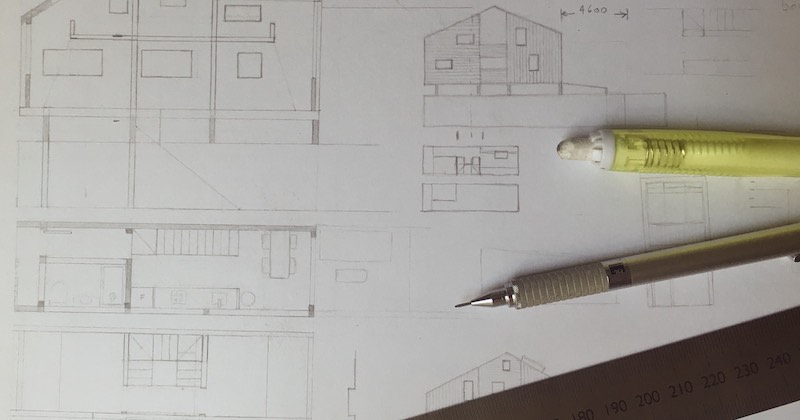
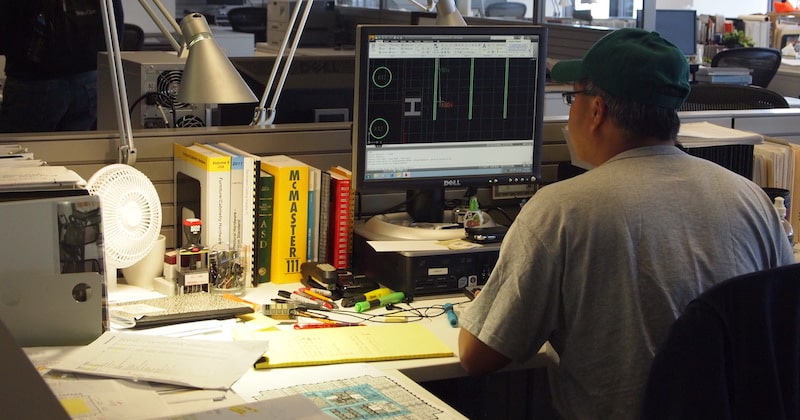

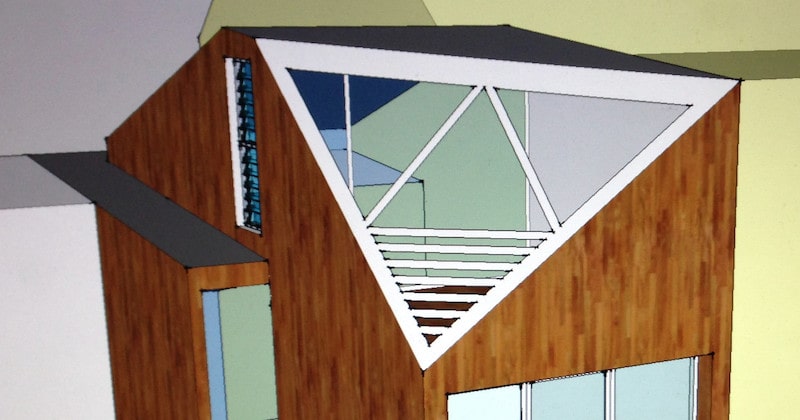
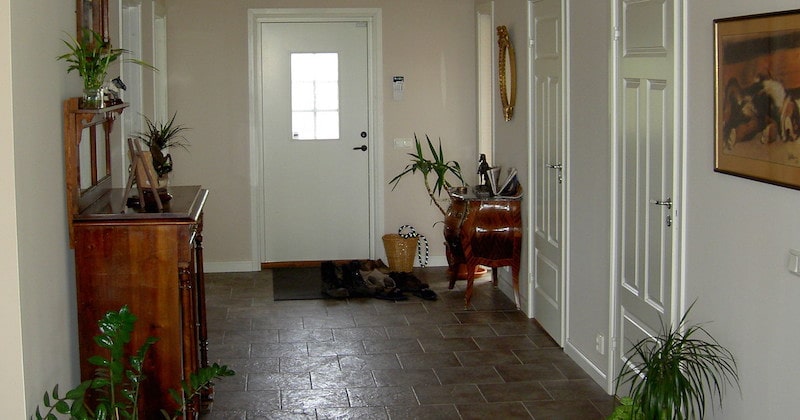
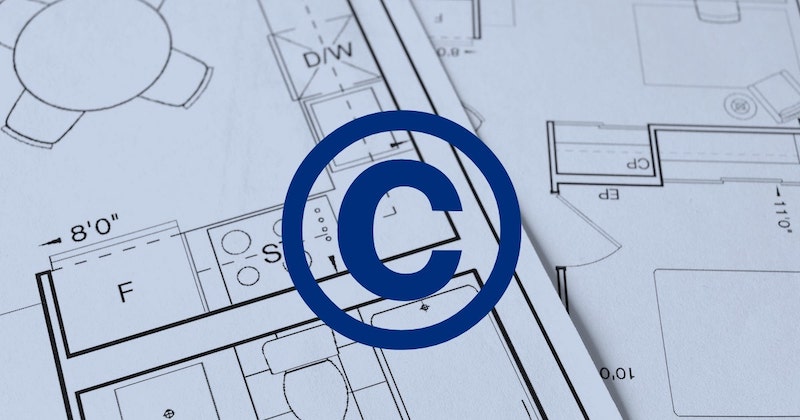
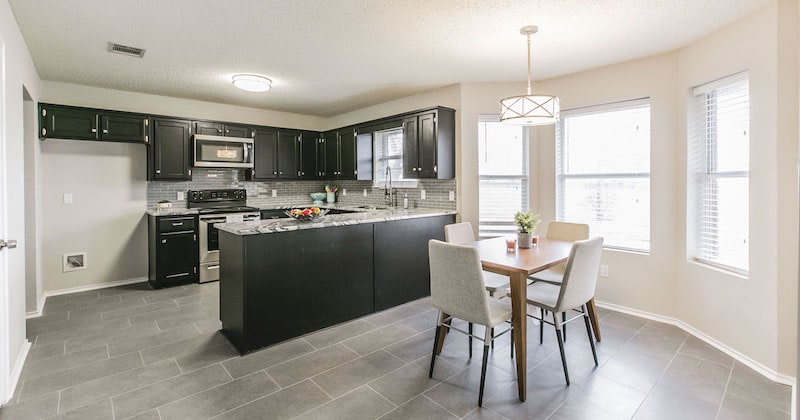
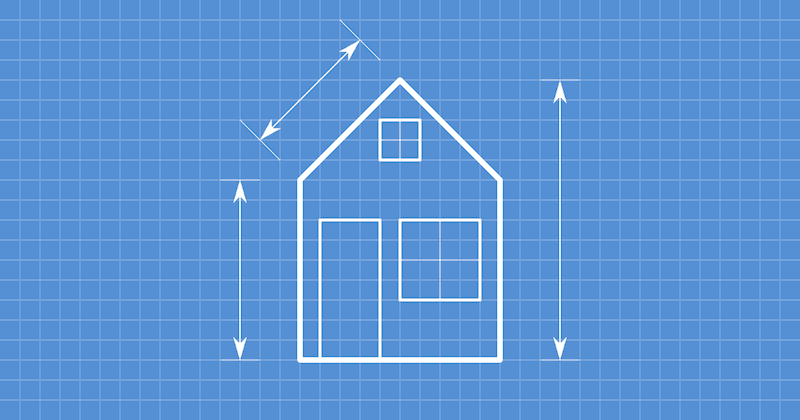
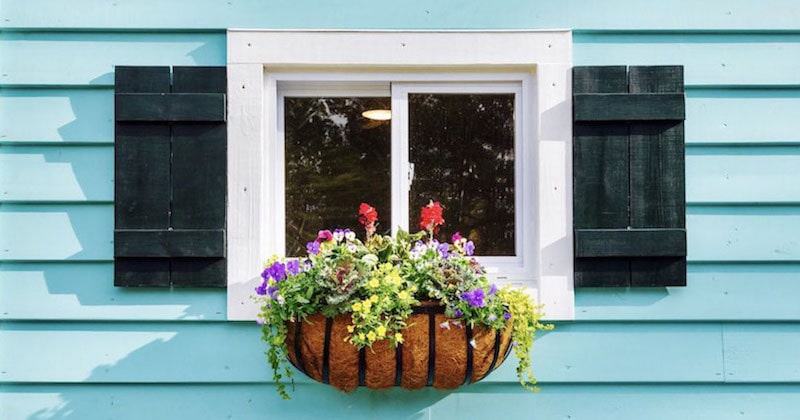
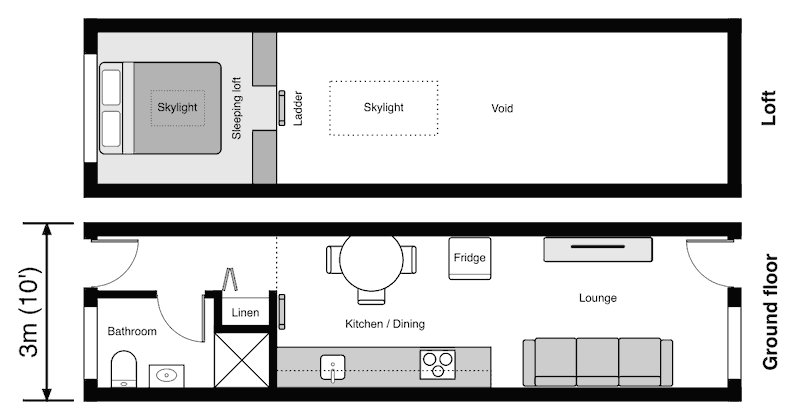
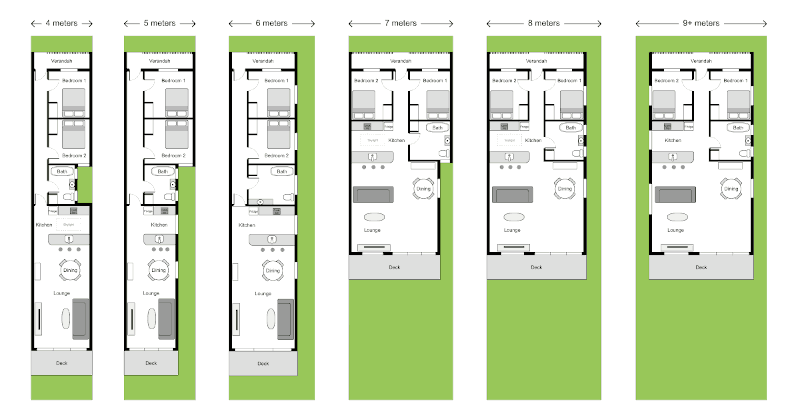
 Web design
Web design
 Architecture
Architecture
 Life drawing
Life drawing
 Art gallery
Art gallery
 Synesthesia
Synesthesia
 Comics
Comics